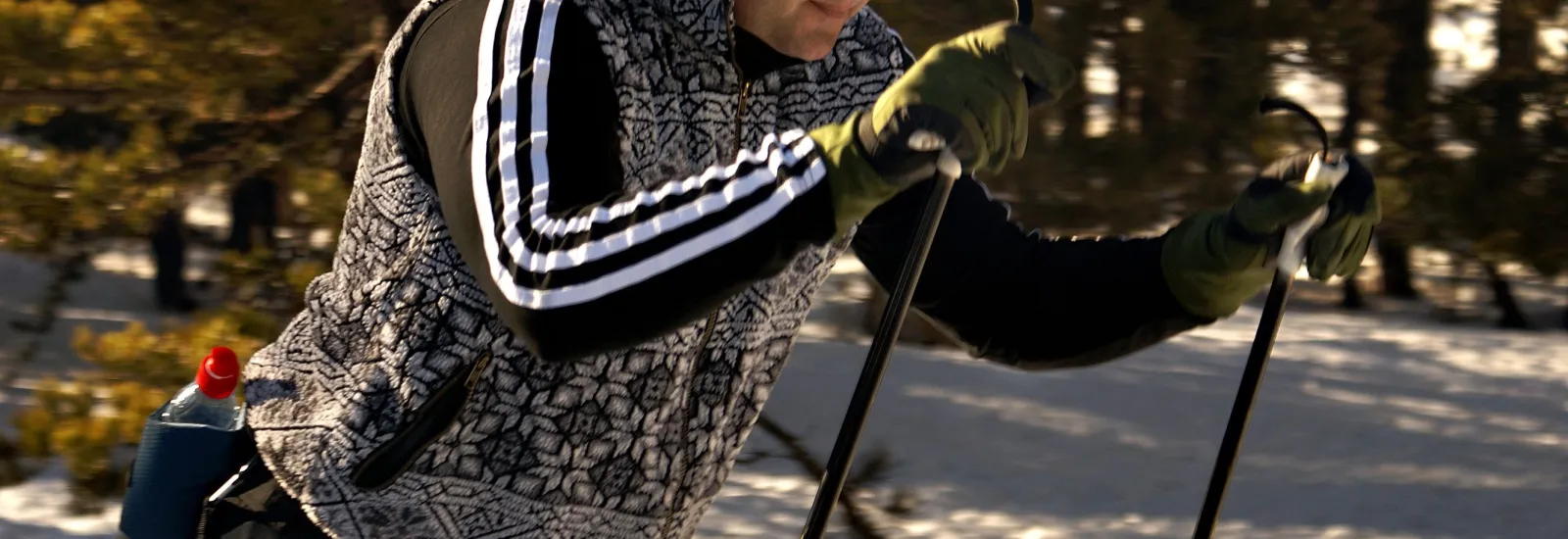
Cold weather exercise tips for safe winter workouts
Does the thought of exercising indoors all winter have you breaking out in a sweat? Or do you love the cold weather and look forward to outdoor winter sports? Either way these cold weather exercise tips can help you plan a safe winter weather workout.

Know the winter weather dangers
According to the American Heart Association most people are not accustomed to the physical stress of exercising outdoors during the winter.
If extreme cold is common where you live use the National Weather Service guidelines to educate yourself about the dangers of hypothermia and frostbite as well as how quickly they can occur. Before going outdoors to exercise during the winter check your local forecast at Weather.gov or use your favorite weather app TV channel or radio station to learn about any impending wet weather or dangerous wind chill.
Warm up your core temperature
If you like to exercise you probably already have a warm-up routine and know not to jump straight into high-intensity activity. This is especially important when exercising in cold winter weather — getting your core temperature up helps you exercise more efficiently and reduces the risk of injury to cold muscles tendons ligaments and joints.
Another important consideration is your stretching routine. During cold winter weather stopping an exercise to perform fixed stretches lowers your core body temperature. The American Heart Association suggested that the best way to warm up both your circulation and your muscles is through aerobic exercise like jumping jacks or running in place. You can also begin by mimicking the actual exercise starting slowly and gradually increasing intensity for at least 10 minutes.
Breathe warm air
Did you know that breathing through your nose cleans and warms air before it reaches to your lungs?
The problem is that when exercising most people take deeper faster breaths through their mouth. The U.S. National Library of Medicine warned that when the outdoor winter air hitting your lungs is very cold and dry sensitive airways can swell and narrow causing breathing problems. To help humidify and warm the air you breathe while exercising outdoors in the winter wear a ski mask or scarf over your nose and mouth.
Use a 3-step layering approach
Layered clothing is a basic aspect of all cold weather exercise tips. This practice traps air between layers of clothing creating a sort of protective insulation that can help keep you warmer.
The Mayo Clinic advised a 3-step approach to layering so you can remove layers as soon as you start to sweat and put them back on as needed:
- Start with a thin layer of synthetic material next to the skin. Fabrics like polyester or polypropylene help to wick sweat away from your body as opposed to cotton which holds moisture next to your skin. Do the same thing with liners under your gloves or mittens.
- Next add a layer of fleece (also polyester) for insulation. Unlike a cotton sweatshirt fleece will still insulate heat even if it gets wet.
- Top it all off with an outer layer that is waterproof yet breathable such as one made of Gore-Tex fabric or something similar.
Remember to also wear a hat or head scarf. Heat can be easily lost through your head and ears are especially susceptible to frostbite when exercising outdoors during winter. While there are several considerations for cold weather exercise with the right planning you can stay fit all season long.
Image source: Morguefile

